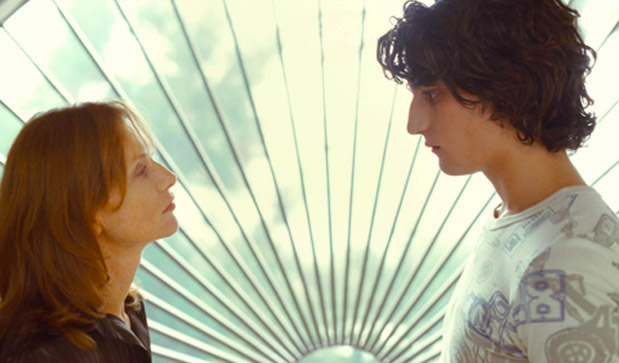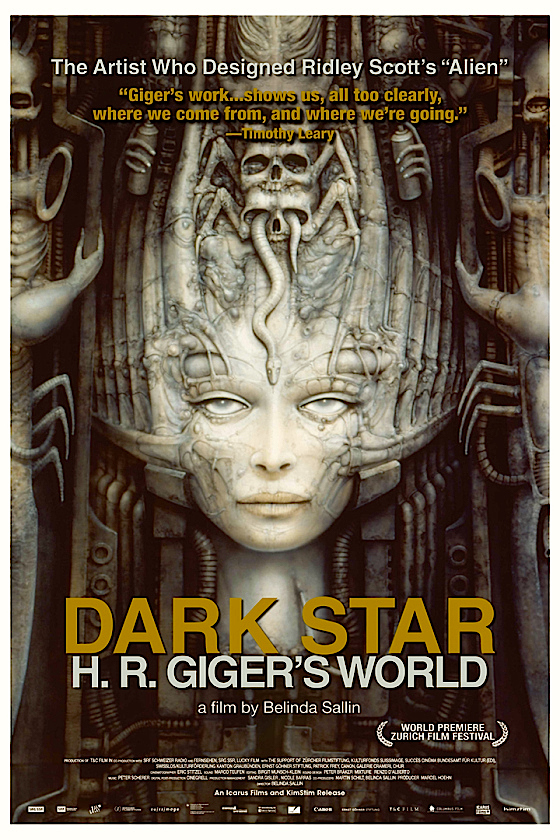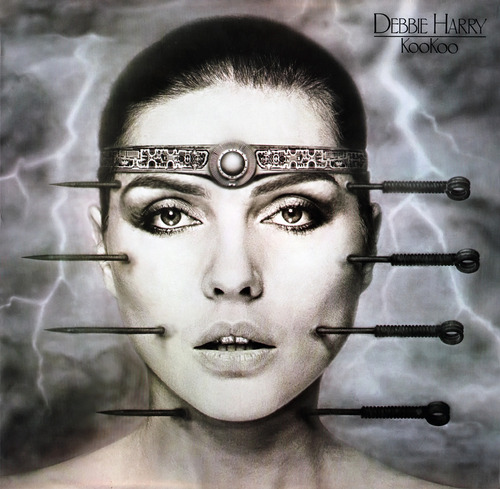When I hear or read “What doesn’t kill you makes you stronger!” I want to curl myself into a cataclysmic ball of rage and explode. No. The horrors and challenges in life that do not kill you do not really make you stronger. In reality they make you cynical, confused, damaged and tired. When discussing the survival of child abuse trauma we enter a whole new realm of fresh Hell.
For me this saga continues. It isn’t like I’m not fighting like hell to resolve it. But as I’m so tired of hearing: “There is no time limit on these things.” or “Let’s just take it day by day and further develop coping skills” or worse yet, “But you are getting better!” But I push onward and forward as best I can. I don’t know, maybe I am stronger because of what I endured or survived. However, I can’t help but thing I’d be more effective had I not had to survive such things. I suspect I’d still be strong. Who knows? It is hardly worth considering. As much as I hate this phrase, it does hold true: “It is what it is.”
And sometimes we just don’t have the ability to change “it.” The “it” just sits on us as we try to understand exactly what “it” needs or wants so that we can be free of the weight. Damage is impossible to avoid. If you are 30 and have not been seriously damaged in one way or another – you are most likely not actually living life. You are probably avoiding it. Sadly, some damage is more significant than other types.
And this brings me to Film Art.

And chaos reigns. Surrealistically, Willem Dafoe and Charlotte Gainsbourg are working through some of life’s cruelest turns.
Antichrist
Lars von Trier, 2009
Cinematography | Anthony Dod Mantle
Much to the bewilderment of my love, my family and my friends — I often find “comfort” in the darkest of film. Steve McQueen’s Shame is especially important to me. As is Christophe Honre’s Ma Mere or Darren Aronofsky’s Requiem for a Dream or Lars von Trier’s Anitichrist.
These are very bleak and almost apocalyptic movies. Yet, each one seems to offer me a chance to escape into someone else’s personal horrors and remind me that not only am I not alone — but it could be ever so much more worse. These films also offer resonation and catharsis.
Sugar-sweet brain candy cinematic manipulations tend to annoy me. I find no means of escape within them. If one is particularly good, such as Mel Brook’s Young Frankenstein — if I’m in the right mood I will love watching it over and over again.
But if one of those toxic waves crash into me I’d much prefer to watch Ingmar Bergman’s Persona or David Lynch’s Earaserhead. Another couple of films that provide me with escape is Luis Bunuel’s Belle de jour, Robert Altman’s 3 Women and Ki-duk Kim’s Pieta. As well as David Cronenberg’s Naked Lunch, Nicolas Roeg’s Don’t Look Now or Godard’s Weekend. All of these movies project complex ideas and themes that require the mind to focus and think about what is being shown (or often not shown) — therefore, I find a way to temporarily escape my problems.
I jump into the problems and horrors examined in these dark films.

A serial killer roaming through the canals of Venice are the least worries facing Julie Christie as she and her husband face the despair, grief, isolation, guilt and tragedy of loss.
Don’t Look Now
Nicolas Roeg, 1973
Cinematography | Anthony B. Richmond
The resonation most likely comes from the one actual gift of survival: The ability to understand. While I do not suffer with Sex Addiction or an inability to connect beyond the sexual, I do feel an understanding and empathy for those who suffer with it. When life teaches one that his/her’s worth is tied to sexuality, it leaves that individual with every limited abilities to connect and encage. If ever mankind is haunted by demons, they are manifestations of Self-Loathing, Isolation and Loneliness. The two characters in Shame roam about a blue-toned Manhattan lost, unsure, impotent and desperate.

“We’re not bad people. We just come from a bad place.”
Michael Fassbender
Crushing under the weight of human damages
SHAME
Steve McQueen, 2011
Cinematography | Sean Bobbitt
Neither knows how to escape their respective prisons. The actors, Michael Fassbender and Carey Mulligan do not even need much dialogue. So strong are these talents, they can convey more with a glance, a gesture or most powerfully for Mulligan — in the singing of a song. Mulligan’s deconstruction of the standard, New York, New York, belongs on a pristine shelf of the perfect actor moment.
In her hands and voice, the infamous anthem becomes a defeatist glimpse into grief and regret.
In Ki-duk Kim’s dark and angry, Pieta, we are stolen into a world of injustice, cruelty, betrayal and vengeance. Min-so Jo plays “the mother” to Jung-jin Lee’s “son.” Both navigate with minimal use of words. Contrary to what one might expect from the often soap-opreaish work one normally sees these two actors in, here they are both given the freedom to fully explore the veins under the skins of their characters.
Ki-duk Kim’s film is a set-up for both the viewers and the two leading characters. There is nothing holy to be found in this Pieta. The catharsis of vengeance comes with a price that I can only believe is absolute truth. While one might fantasize of extracting vengeance, the reality is far removed from the pleasure we might expect.

Jung-jin Lee opens the door to the parent, Min-so Jo, who abandoned him with a knife at the ready…
Pieta
Ki-duk Kim, 2012
Cinematography | Young-jik Jo
Being a survivor, I often find myself imagining what I would do to my attacker if I could and how very happy it would make me. However, being a survivor has also taught me how to examine the tragedy from all sides.
There would be no happiness or pleasure in securing vengeance even if I could. My attacker has long since died. The bitter truth is that we humans are complicated animals. The reality is a child not only needs the love of his parent, he requires it. No matter how cruel a parent might be, there is something in us that needs to be able to love that person who gave us life. And while I have no children, I’m mature enough to know that a parent can feel great love for a child and still manage to deeply harm him/her.

It is a set-up. Despair, Grief & Anger turn to Vengeance.
Min-so Jo
Pieta
Ki-duk Kim, 2012
Cinematography | Young-jik Jo
The insanity that drives the parent to such acts in many ways has nothing to do with the love they might feel for the child. It is a tricky proposition to understand and requires a great deal of emotional logic to place this in the appropriate context, but often a victimizing parent is a victim themselves. The strange and very twisted truth is I know my father loved me. I know this to my core. I also know that he damaged me in ways beyond repair. Despite this, when he died I felt no relief. I only felt grief. A grief far deeper than I had ever felt before or since. So much unresolved and so much confusion. As the characters in Pieta secure their “need” for revenge — there is no turning back. They reduce themselves to the level of the victimizer. The “victory” comes at a price too strong to bear.
It is interesting and very telling that I seem to avoid films which tackle the subject of fathers raping, harming and emotionally abusing their sons. Perhaps this is too dark for even me. When I see a film addressing this it rings too close to my own horrors and confusions related to my late father. It is as if I need a bit of distance. These kind of conflicts involving a mother and a son are distanced enough from my life that I’m able to find something to gain.
Perhaps the most confusing film in which I find escape is Christophe Honre’s controversial and often banned film, Ma Mere.

“Wrong isn’t what we’re about to do. Wrong is wanting to survive it.”
Ma Mere
Christophe Honre, 2004
Cinematography | Hélène Louvart
Very loosely adapted from the infamous and posthumously published George Bataille novel which intended to shock as a way of both societal and cultural commentary — Christophe Honre had something a bit different in mind. Honre is very intellectual filmmaker. He is almost cliched French. He will stubbornly create a grim musical that refuses denial by a culture which seems to hold little value or appreciation of film musicals. He likes to force his hand. With the great Isabelle Huppert as his leading lady, Bataille’s novel is transferred to the modern day Canary Islands. We are expected to already know that this beautiful place has long succumbed itself to serve as both a tourist destination and a location for anything goes morality. Public sex, sex workers and fringe-dwellers litter the beaches and fill the after hours bar-hopping mall where the characters wonder about in the film’s first act. Honre does not care to focus his attention to that.

“The pleasure only begins the moment the worm is in the fruit.”
Isabelle Huppert and Louis Garrel
Christophe Honre, 2004
Cinematography | Hélène Louvart
In the film version of Ma Mere, he seeks to tell the very complex, grim and perverse relationship of damaged mother to her damaged son. This is not a sexy movie, but it is very much about sexual experimentation, humiliation and a vexingly profane philosophy that the mother is hellbent on searing into the mind of her barely adult child. Louis Garrel has been raised by his strict Catholic grandmother — a family decision to “protect” him from his depraved parents who have long been exiled to The Canary Islands far from their families. We learn a great deal about the family history in the most casual of ways. Isabelle Huppert’s performance is a below the belt gut punch of realism over what must have appeared as absurd in script form.
Yet as Isabelle Huppert delivers a stream of profane and almost comical ideas, it is never funny. It feels real.
As Garrel’s “son” grapples with his own torn feelings about the loss of his Grandmother and her faith, he is also pulled toward this cruel version of a mother. While he may be technically adult, he is an innocent. He desperately craves the love and acceptance of his mother. He is unable to filter this need.
As she leads him into her confused and brutal world of psychological cruelty, BDSM and most certainly sadomasochistic rituals, the son becomes a sort of pawn with which his mother cannot decide to crush or love.

Victim turned Victimizer
Isabelle Huppert and “Friend”
Ma Mere
Christophe Honre, 2004
Cinematography | Hélène Louvart
We learn that her marriage to his father was born of statutory rape. Most likely he himself is the result of this rape. The film goes farther than it needs, but it is clear that the mother’s abuse is a conflicted result of anger, insanity and love.
As I watch these two almost surrealist characters perform their tragic dance, I do feel a worrying reality to it all. And of course this is the point of Ma Mere. We love our mothers. Our mothers love us. It does not mean they are not capable of inflicting cruelty beyond measure. The mother could just as easily be replaced with a father and a daughter for the son. But Mon Pere would be even more controversial and serve the idea of the film in an even more complex way.

Even his early childhood nanny can’t seem to stop the son from desperately seeking the love of his mother…
Dominique Reymond and Louis Garrel
Ma Mere
Christophe Honre, 2004
Cinematography | Hélène Louvart
Most importantly, Christophe Honre’s film never seeks to eroticize or celebrate the profane actions of its characters. It also does not seek to judge them. It doesn’t need to. As Ma Mere grinds into its abrupt and deeply disturbing end, the tragic implications of human damage are clear. Worst yet, they seem to be on-going.

“Maybe now you know desire reduces us to weakness.”
Isabelle Huppert
Ma Mere
Christophe Honre, 2004
Cinematography | Hélène Louvart
While none of the above is my experience, I relate enough to feel the resonation of the art. It acts as a catharsis. I take a great deal of solace in knowing that I caught and understood what I “survived” soon enough to ensure that the abuse stops here with me. But in an all too clear way, what I survived has not made me stronger. The tragedy of what happened to me follows me constantly. And like the son in Christophe Honre’s tragically forgotten film, the implications seem on-going.
Matt Stanfield, 9.20.2015
An Adam Sandler

























